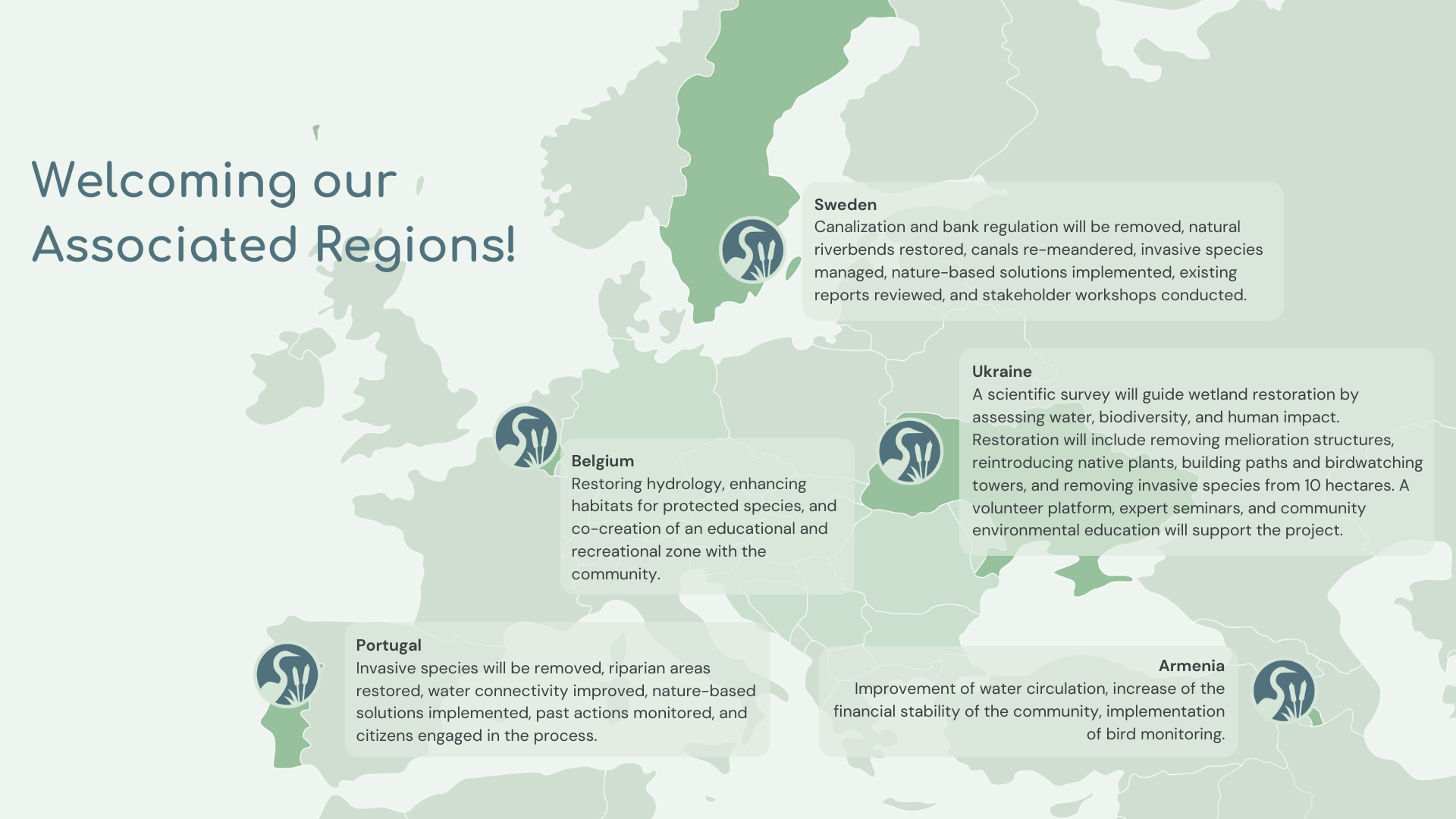Monitoring sites
Danube Delta Coast, Romania

Site features
The Danube Delta coast between Sulina and Sfântu Gheorghe localities is part of the Danube Delta Biosphere Reserve, a UNESCO World Heritage Site since 1991. It is a low-lying nontidal coast with a 96° N orientation and 33 km length affected by intense erosional processes.
The erosion is driven both by natural and anthropogenic factors. On one hand the coastline is influenced by climate variability related to the North Atlantic Oscillation (NAO), which controls the storminess variations along the Danube Delta coast, and on the other hand the erosion is highly amplified by the dramatic human induced decrease of Danube sediment discharge coupled with the construction of the Sulina mouth jetties which started in the 1860s. The progressive extension of the jetties until the 1980s enhanced erosion in the downdrift part of Sulina mouth due to local wave diffraction and furthermore blocked the southward longshore sediment transport, leading to significant erosional surface rates of up to 15 ha/year for the last 165 years and maximal shoreline retreat rates in the main erosional hotspot of 15 meters/year.
These extremely high erosional rates cause important habitat losses not only on the beach itself and adjacent coastal dunes but also in the back beach coastal lakes and wetlands.
Ecosystem
The monitoring area displays a variety of deltaic habitats such as coastal sand dunes, beach ridges with water filled swales, reed beds, coastal lakes, channels, marine outlets which are home to an even greater variety of fauna and flora species. There are many protected species in the Danube delta, of which some are considered to be rare for this specific area. One of the unique plant species is Convolvulus persicus, and endemic plant specific for the coastal sandy habitats. It is considered to be a critically endangered species being on the National Red List of vascular plants. Amongst bird species there are vulnerable species such as Aythya ferina (Common Pochard), Branta rucollis (Red-breasted Goose) or near threatened species such as Pelecanus crispus (Dalmatian Pelican) and Aythya nyroca (Ferruginous Duck).
Facts & Figures

4700 hectares (monitoring area)

15 m/year Maximal erosion rate

5 biodiversity species

9.3 km of engineering structures

Location
Romania, Danube Delta Coast
Size
The monitoring area includes the entire 33 km stretch of coastline between Sulina and Sfântu Gheorghe localities and the adjacent back beach habitats which stretch along the coast up to 1 – 1.5 km inland. This amounts to a total surface of 4700 ha. During the last 165 years the total amount of lost deltaic surface in this area due to erosion is 2600 ha.
The Danube Delta coast between Sulina and Sf. Gheorghe localities is part of the Danube Delta Biosphere Reserve, a UNESCO World Heritage Site since 1991. It is a low-lying nontidal coast with a 96° N orientation and 33 km length affected by intense erosional processes. This area displays a variety of deltaic habitats such as coastal sand dunes, beach ridges with water filled swales, reed beds, coastal lakes, channels, marine outlets which are home to an even greater variety of fauna and flora species.
Existing projects
There is no existing project in the site location, however it is important to mention the engineering works which started in the 1860s at the Sulina mouth for constructing and further extending the channel mouth jetties, transforming the Sulina distributary into a shipping channel. The jetties have been progressively extended seaward reaching at present a total length of 9300 meters. The jetties are enhancing erosion in the downdrift part of Sulina mouth due to local wave diffraction and furthermore are blocking the southward longshore sediment transport which is depriving the downdrift beach of the sediment supply generated by the Sulina branch itself and also by the northern Chilia mouths. The Sulina distributary discharges its sediments trough the jetties at depth of 20 meters, much below the depth of closure at which the waves can bring the sediment back into the system and onto the beaches downdrift. Furthermore, dredging activities on the Sulina channel and mouth also discharge the sediment at greater depths in the absence of a coherent sediment management plan thus contributing to the overall sediment depletion in the system.
Previous restoration efforts
There are no previous restoration efforts
Restore4life upcoming monitoring activities
Site monitoring will be conducted through the application of remote sensing and Geographic Information System (GIS) techniques, utilizing a multi-temporal optical Landsat medium-resolution archive dating back to the late 1980s up to the present time.
Two types of monitoring will be performed:
- Shoreline Change Analysis:
The analysis of shoreline changes will be facilitated by the deployment of the CoastSat open-source software toolkit, developed using the Python programming language, in Jupyter notebook. This software efficiently extracts the shoreline position at various points in time, leveraging the publicly available Landsat archive that can be found in Google Earth Engine.
- Land Cover Change Analysis:
The evaluation of land cover (LC) changes will be carried out using the ArcGIS Pro application. This entails a quantitative comparison of land cover classes over time. The process involves the utilization of machine learning (ML) algorithms trained on Landsat imagery, ensuring a robust and accurate assessment of land cover dynamics.
The findings from these two approaches will be presented through a combination of maps and graphs, illustrating the dynamic phenomena occurring at the selected site.
Both monitoring methodologies contribute to a holistic understanding of the site’s environmental changes, enabling informed decision-making and resource management.
Involvement of the community
The local community will be involved in the field activities, to provide support and raise awareness on the importance of the coastal area in maintaining the specific landscape and the rich biodiversity.
Expected Impact
The calculated evolution of the Danube Delta Coastline will support decisionmakers in applying the right protection measures for preserving the specific landscape and protecting the biodiversity. At the same time, it will represent an important example for raising awareness and learning from the past mistakes.
Site gallery







